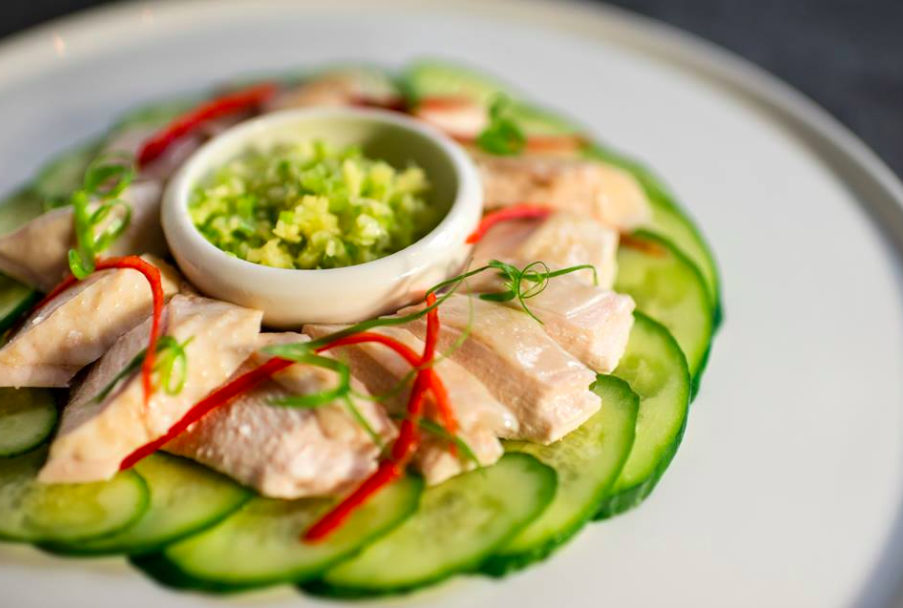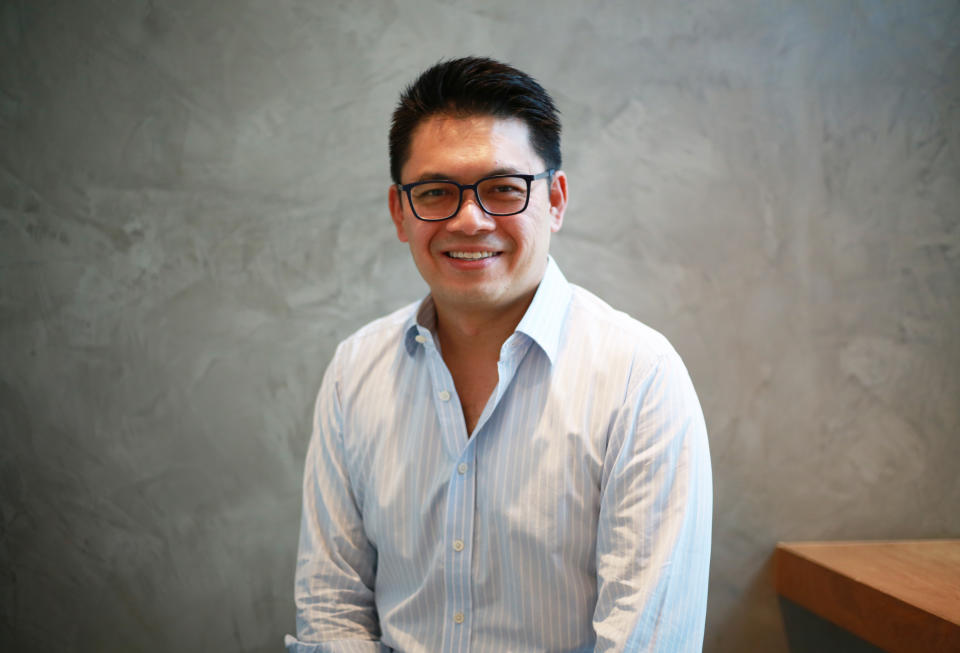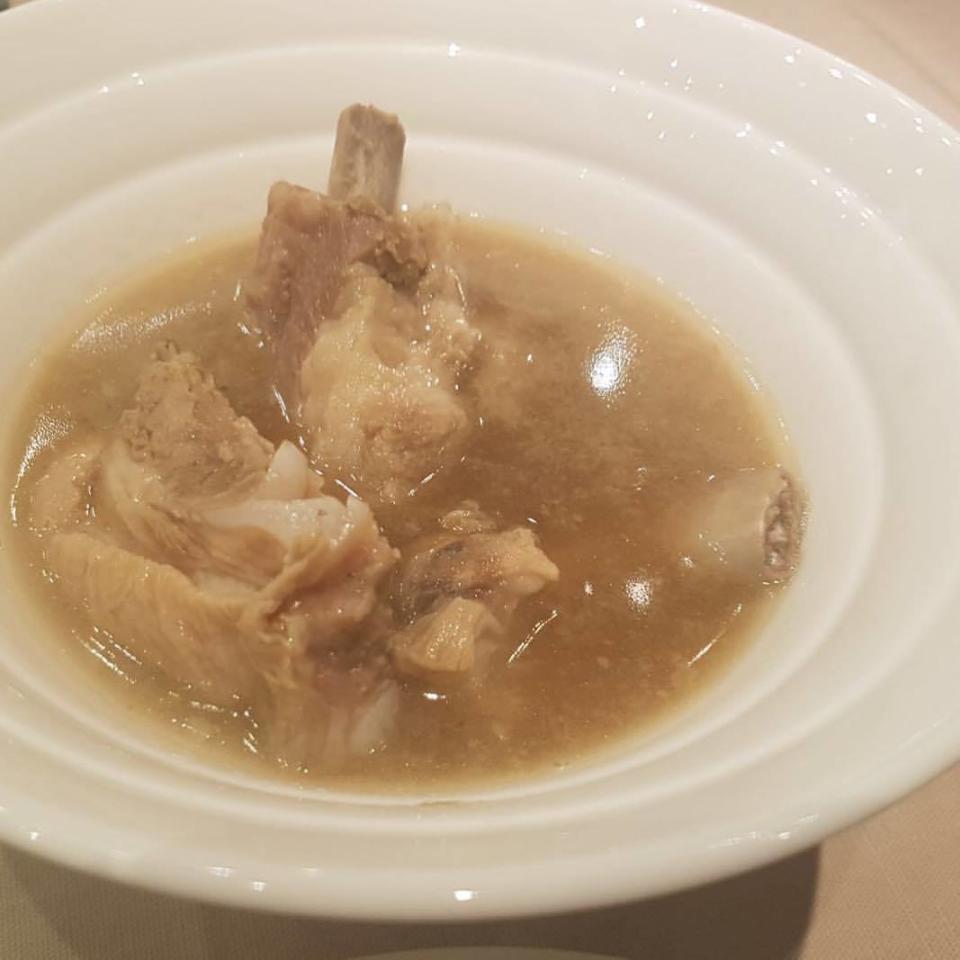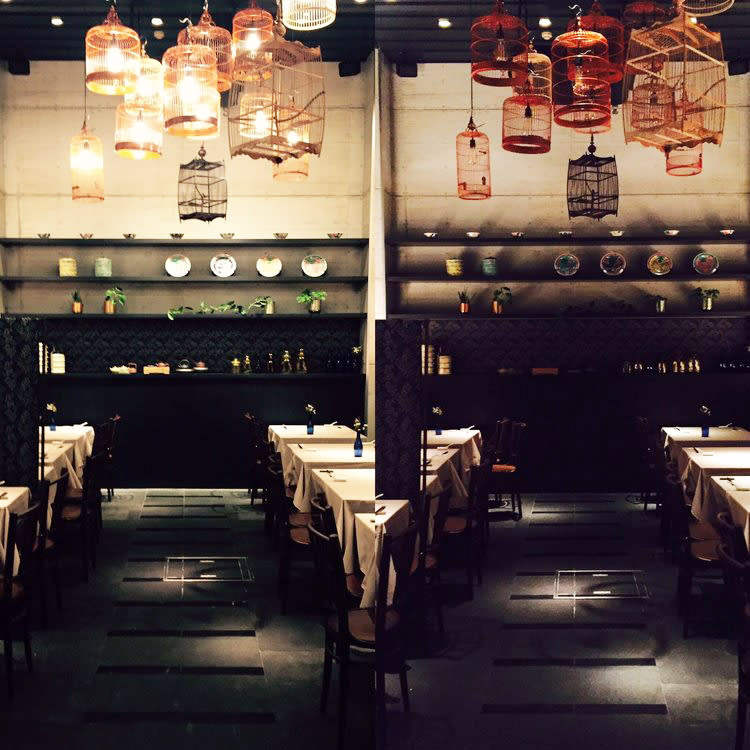Rakudo restaurant, which serves Singapore cuisine, opens in Tokyo

Three Singaporeans have opened a restaurant serving Singaporean cuisine in Tokyo’s upmarket district of Omotesando. Called Rakudo, the eatery serves an array of dishes such as bak kut teh and char siew rice, which are cooked using fresh Japanese pork and without MSG.
Other refined Singapore dishes available include chicken rice, kueh pie tee and carrot cake, along with desserts such as ice kacang and chendol, which is surprisingly a favourite among the Japanese.
“The Japanese see our bak kut teh as an antidote to a hangover. After a night of drinking, they look for the bak kut teh as a hangover cure,” said lawyer Shem Khoo, 43.
After more than 10 years of dealing with mainly Japanese clients in Singapore, he found himself learning a thing or two about their culture, including their taste in food.
“Obviously, the ones who live in Singapore are more exposed to different flavours. The ones in Japan might not be open to the amount of pepper you typically find in a bowl of bak kut teh, so we’ll need to adjust that,” said Khoo during a recent interview with Yahoo Lifestyle Singapore.
Khoo has two other business partners, one of whom is the restaurant’s head chef Yeo Kian Tiong, who is also behind Singapore-based restaurants such as The Cornerstone and Ramen Monster.
“He’s a good fit for the restaurant because he was born to parents who were hawkers themselves and had helped them run their stall. He graduated from the Le Cordon Bleu culinary school when they still had it in Texas. And he has had experience cooking Japanese foods such as the ramen,” said Khoo.
Yeo’s parents opened their first hawker stall in 1979, which explains the year stated in Rakudo’s logo. The Chinese characters translate to “joyous place”. In Kanji, it is pronounced as Rakudo.
The third partner in the business is a lawyer who was Yeo’s schoolmate back in the now-defunct Tanjong Katong Technical Secondary School. In recent years, the trio have been making frequent trips to Japan to oversee the creation of their first restaurant together.

Challenges of opening a restaurant in Japan
“The thought of starting a business in F&B seemed exciting to me,” said Khoo, who came up with the idea of opening a restaurant in Japan.
He had initially imagined a humble hole-in-the-wall eatery specialising in just bak kut teh. But things took a turn after Khoo and his business partners found a property in Tokyo’s very own “Champs-Elysees”.
“The problem with opening a restaurant in Japan is that it’s very difficult to find property there,” said Khoo. “There were many conditions that needed to be fulfilled and the location we ended up getting is situated in an upmarket place.”
While it’s easy to enter Japan’s F&B space due to the lack of stringent rules, Khoo says that there is a “book of unwritten rules” that you need to take note of before entering the market. Luckily for Khoo, he had many Japanese friends who were able to guide them through the market penetration process.

Adding Singaporean accents to the interior design
The restaurant exudes a relaxing ambience with soothing amber lights set against a minimalist backdrop embellished with novelties that will hearken back to Singapore.
Vintage birdcages, which you would normally see hanging in Singapore’s older estates, make up the centrepiece of Rakudo’s dining rooms. Classic porcelain plates, tiffin carriers and Chinese teapots line the shelves of the restaurant’s walls. While the interior looks simple, Khoo said the renovations were the next tedious task after confirming the location.
“The designers there are very detailed. It’s not as easy as dealing with interior designers in Singapore where you can just let the contractors do all the work for you,” said Khoo. “Here, you need to come up with detailed calculations for the placements of a lot of things such as lights.”
“I flew all the way to Japan to point to the contractors the exact spots for each light bulb on the ceiling,” he added.
Despite all the hard work, Khoo remains excited over his business venture, and hopes to open new outlets in the near future. “We didn’t go through all this trouble for only one restaurant. I hope we can open more, maybe outlets that focus on only one specialty dish,” said Khoo.

Related stories:
SilkAir unveils new Boeing-737 Max 8, flights to Hiroshima begin 30 Oct
We’ve been eating chicken wrong, so KFC Japan shows us how it’s done
Follow Yahoo Lifestyle Singapore on Facebook.



